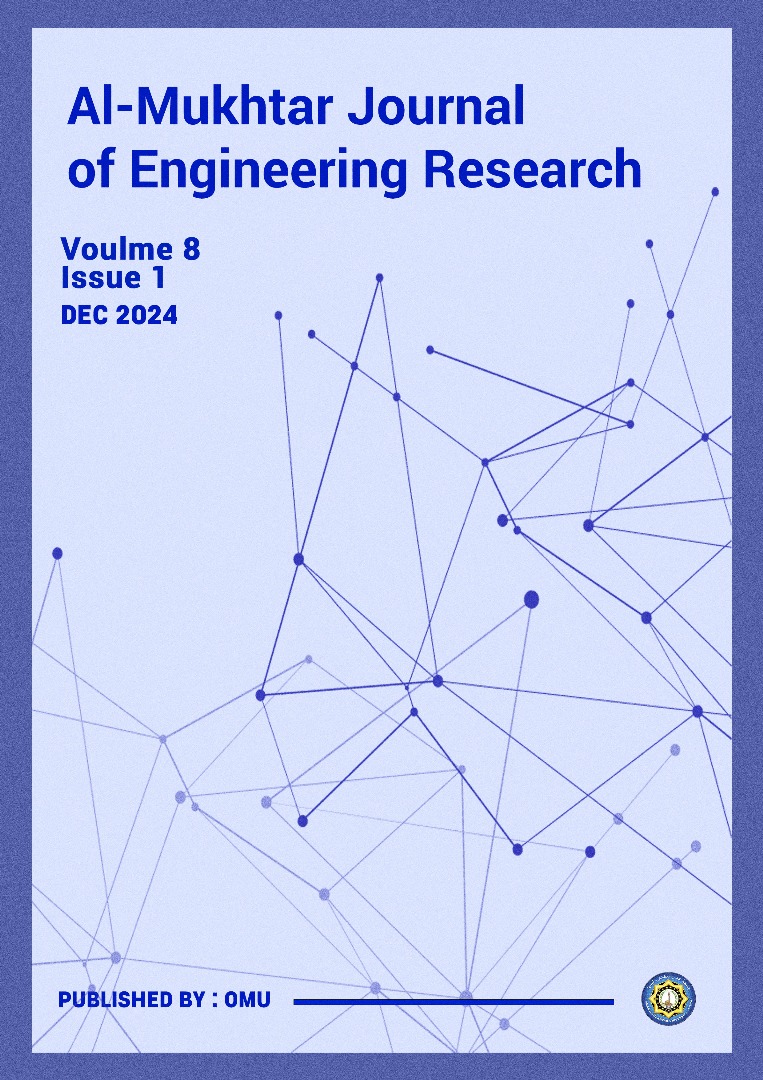Robust Detection Technique in Cooperative Radio Networks
DOI:
https://doi.org/10.54172/1jpfs115Keywords:
Cognitive Radio, Primary Users, Secondary Users, Primary User Emulation Attack , Cooperative Spectrum Sensing, Frequency Determination, Fusion CenterAbstract
Traditional spectrum management reserves most of the spectrum for licensed users with exclusive access. To address spectrum scarcity, it is crucial to explore unlicensed operations in licensed bands so the interference between the Primary Users (PU) and Secondary Users (SU) is prevented. The success of Cognitive Radio (CR) networks depends on robust security measures to avoid misuse and to ensure trust among nodes, requiring mechanisms to distinguish primary from secondary user signals. While secondary users enhance spectrum utilization by sensing and accessing available frequencies, this capability introduces security risks. Malicious users can exploit the system to disrupt operations and degrade frequency determination performance. To mitigate these issues, the proposed scheme integrates advanced security measures based on trust and weight values to ensure secure spectrum access. It evaluated the trustworthiness of each SU using location coordinates and received signal strength. SUs performs independent frequency determination and submit data to a Fusion Center (FC) The FC combines local sensing results with trust weights and applies some rules to detect primary user presence reliably. A Limited Threshold Range (LTR) mechanism is proposed to minimize the impact of low-trust users by reducing their influence on decision-making. The LTR ensures that users from the threshold value contribute less to the decision and the visa-versa. This approach leads to enhancing decision accuracy.
Downloads
Published
Issue
Section
License
Copyright (c) 2024 Mahmoud Ali Ammar, Abderazag Masoud, Ali Farig Kaeib (Author)

This work is licensed under a Creative Commons Attribution-NonCommercial 4.0 International License.
Copyright of the articles Published by Al-Mukhtar Journal of Engineering Research (Mjer) is retained by the author(s), who grant Mjer a license to publish the article. Authors also grant any third party the right to use the article freely as long as its integrity is maintained and its original authors and cite Mjer as the original publisher. Also, they accept the article remains published by the Mjer website (except in the occasion of a retraction of the article).




